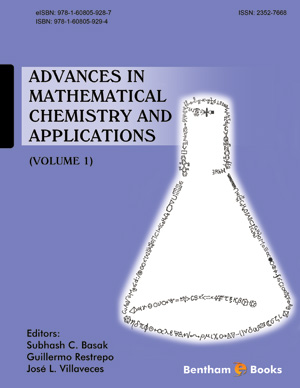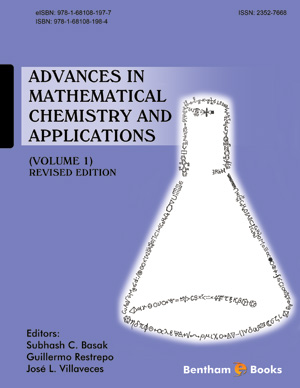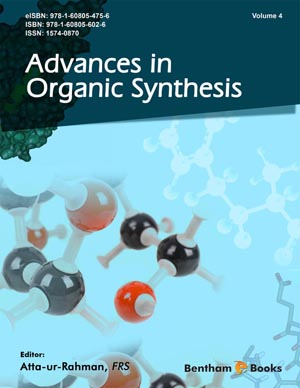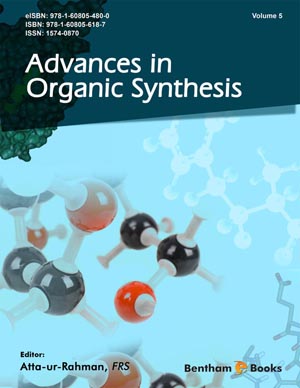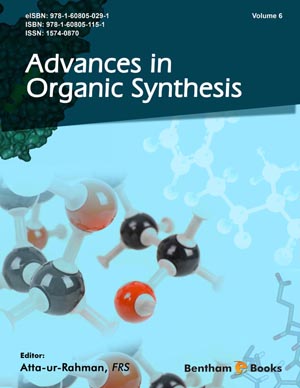Abstract
The synthesis of backbone-modified nucleic acids has been an area of very intense research over the last two decades. The main reason for this research activity being the instability of nucleic acid based drugs in the intracellular conditions. The changes in the sugar-phosphate backbone invariably bring about the changes in the complementation properties of the nucleic acids. The naturally occurring deoxyribose- (DNA) and ribose (RNA) sugar-phosphate backbones are endowed with considerable differences in their binding affinities towards themselves. This occurs because of the different sugar conformations prevalent in DNA and RNA and the subtle structural changes accruing from these in hydrogen bonding, base stacking interactions and hydration of major/minor groves. The sixatom phosphodiester linkages and pentose-sugars give immense opportunities for chemical modifications that lead to several backbone-modified nucleic acid structures. This article is focused on such modifications that impart RNA-selective binding properties to the modified nucleic acid mimics and the rationale behind the said selectivity. It is found that the six-atom sugar-phosphate backbone could be replaced by either one-atom extended or one-atom edited repeating units, leading to the folded or extended geometries to maintain the internucleoside distancecomplementarity. Other important contributions come from electronegativity of the substituent groups, hydration in the major/minor grove, base stacking etc.
Keywords: RNA targeting, antisense, modified oligonucleotides.














